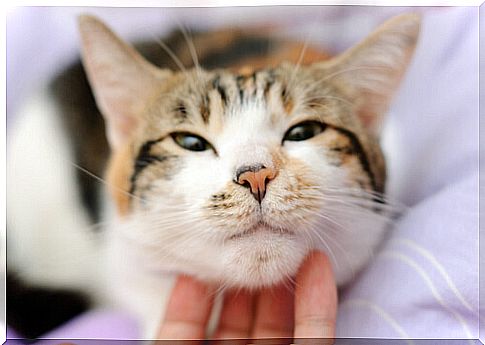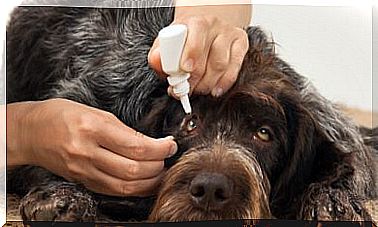We Tell You About Skin Diseases In Cats

Skin disorders are common in cats. They can be caused by parasites such as fleas or mites, fungi or bacterial infections, allergies, stress, injury, or more rarely, hormonal imbalances. Here are some skin conditions that are very common in cats.
Abscess
Abscess is a disease of the skin of cats, caused by a painful accumulation of pus due to a bite or penetrating wound. A swelling forms, which softens over time, and may rupture and leak pus. Most abscesses related to cat fights, found on the front legs or abdomen of the feline, can sometimes appear near the tail if a cat is bitten while trying to flee. The best way to prevent abscesses is to keep your pussycat indoors.
Ear mites
If your cat is tilting, shaking his head, scratching his ears, and has excessive brownish waxy material in his ear canal, that means he may have ear mites. This condition causes itching and irritation, and if left untreated, it can lead to bacterial infection. Mites are treated with ear drops and cleaning in the ear canal.
Contact dermatitis

Symptoms of this disease on the skin of cats include itching, red bumps, inflamed skin, or other irritation. It can also be caused by rubber or plastic feeders. The best way to prevent dermatitis is to keep cats away from areas where chemicals are used and remember to feed your kitten in glass, stainless steel, or lead-free ceramic dishes.
Feline acne
Also known as blackheads, they are usually found on the lower part of the chin and on the edges of the lips. This condition can be associated with plastic or rubber sprues. In severe cases, antiseborrheic shampoos or benzoyl peroxide gels are used to break down excess oils. Including supplements with Omega-3 or Omega-6 fatty acids can be beneficial. But before using them in your pet’s diet, check with your vet first.
Flea allergy dermatitis
It is characterized by grain-like bumps that form at the base of the tail, on the back of the hind legs, or on the inner thighs. The best way to prevent this disease is by controlling your pet’s fleas.
Food allergy dermatitis
Some cats are very sensitive to certain ingredients or preservatives in food. This sensitivity can cause severe itching of the head, neck, back and swelling of the eyelids. It is often complicated by hair loss and sores due to constant and biting scratching. Treatment for this condition involves a diet to determine which ingredient the feline is reacting to. Some vets may give steroid injections to relieve inflammation and itching.
Psychogenic alopecia
It is the damage to the skin that can be caused by compulsive grooming. It is often caused by stress. So the treatment consists of minimizing the stress level of the cat. To achieve this, a calm environment is created and the cat’s nervous energy is redirected through play. In severe cases, veterinarians may recommend some anti-anxiety medications.
Tub
Ringworm is a fungal infection that is highly contagious to other animals and humans. Symptoms include round red patches showing hair loss in the center. Ringworm requires veterinary treatment with antifungal medications and extensive house cleaning and sterilization.
Sun burns
The cats with fur light color and race that have no hair, like the Sphinx are very prone to sunburn and should be kept out of direct sunlight between 10 am and 2 pm to reduce the risk of burns and development cancers such as melanoma.
Dermatitis on the tail
Many times the glands near the tail tend to excrete oils that are excessive. The result is a greasy brown waxy material. This condition is usually found in cats that have not been neutered. Treatment consists of sterilization and hygiene twice a day with an antiseborrheic shampoo to break down excess fat.









